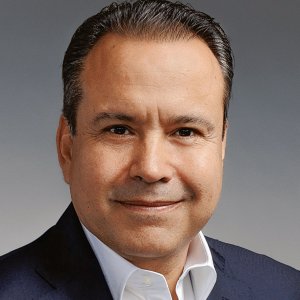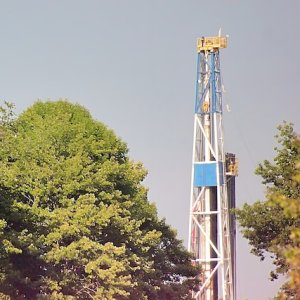Hydroelectric Projects for Better Social Inclusion

STORY INLINE POST
Hydropower plants have the advantage of being able to generate additional electricity at peak times. One of the ways to achieve this is by creating water storage mechanisms that enable developers to produce electricity when the tariffs are higher. This makes the value of the electricity higher for such projects, as compared to wind and solar plants that cannot control generation times. Given their frequent setting in mountainous regions, many of these hydroelectric generation plants are located at the end of CFE’s transmission lines, which allows for counterflow electricity generation in the transmission line to be achieved. “According to some CFE studies, there is still around 6GW of unexplored hydroelectric generation potential in Mexico,” says Carlos Jinich, President of Grupo Comexhidro, a firm specializing in the construction of small hydroelectric projects. “There are plenty of opportunities in the market, but these need to be made clear so that attention is not being given just to wind and solar.”
The arid north of the country leaves most of the available hydropower resources to the country’s southern parts. The country’s greatest rivers are located in the southern part of the country, such as the Usumacinta River that has not seen its hydroelectric potential tapped as of yet. However, the fact that the resources are located in these areas implies different challenges that need to be carefully handled. “The first challenge that exists is the lack of information about the main advantages and issues that can come with the development of a hydroelectric plant. We need to differentiate between small and large hydroelectric projects so we can communicate the right information to local people,” comments Jinich.
The social challenges that arise around the construction of hydroelectric projects can be considerable. In fact, Jinich believes that it is likely that the largest hydroelectricity plants built in the future will still be developed by CFE due to the social and environmental conflicts that could arise. Many adequate sites for this type of energy generation are located in poor and isolated areas. People subsist in these areas through elemental agriculture and with virtually no industrial activities. In these rural settings, land rights are a common barrier to project developments. “The land rights issue is very delicate in rural areas and has been a serious obstacle to the development of renewable energy projects, especially for hydroelectric,” mentions Jinich. “Convincing the communities just to get a right of way for a transmission line has proved very difficult,” he adds.
Constant communication seems to be the key to overcoming this issue. Public consultations, discussions on local radio stations, distributing information and reaching out to educational institutions all play an important role in allowing the company to explain what it is intending to do. “Comexhidro arranges trips for the local communities to places where we have already built plants. This does not only serve to help them see the plant; our intention is for them to talk to the people of communities that Comexhidro has worked with in the past. We leave them alone so they can freely ask and answer questions,” says Jinich. This helps to communicate the benefits of hydropower projects, while also making sure that people understand that a hydropower plant does not consume water and does not affect the existing water quality. “Communicating as much as possible, always presenting the truth and fulfilling your promises are key factors in achieving success. There have been a lot of unfulfilled promises which affect the development of the sector as a whole. If you cannot make things happen then you should avoid making promises,” suggests Jinich.
Finding the best way to transfer long-term benefits to the communities is a crucial subject. “Hydroelectric projects can initially create direct and indirect jobs, as well as provide an overall economic boost for the area,” says Jinich. Transferring benefits to the local population starts when jobs are created during the construction of the project, including indirect jobs surrounding the project. Economic activity increases since houses are built for the workers and restaurants are set up to feed them. Commercial activities then blossom due to the increase of local consumption. Once the hydropower plant starts operation, highly qualified people are needed to maintain and operate the plant. “We have found local people that have acquired abilities in the different technical institutes in the areas where we operate. We hire these people and take them to one of our plants to receive training, while the plant where they will eventually work for is still under construction,” says Jinich. Mexico has many technological institutes that educate people to the standards expected by Comexhidro and these graduates become an important target for project developers. The fact that the number of people needed to operate a hydroelectric plant is limited impairs hiring capacity. Therefore, Comexhidro is developing useful and productive side-projects during the lifespan of a project, ranging from rainwater storage and collection facilities to harvest development and livestock farming techniques.






















